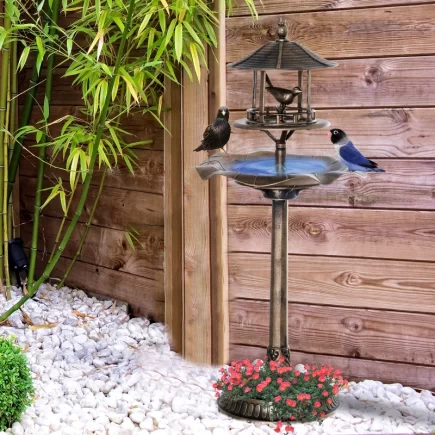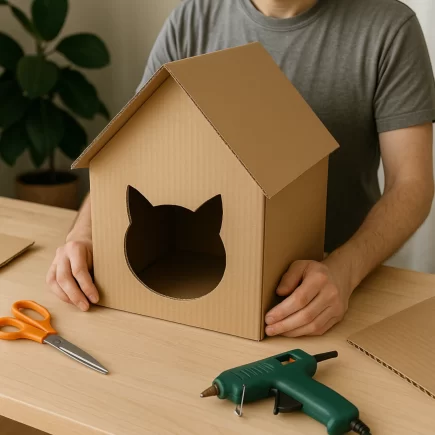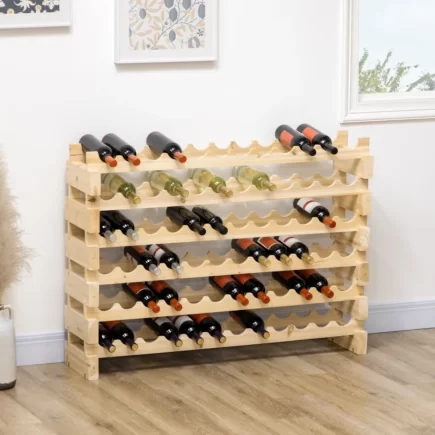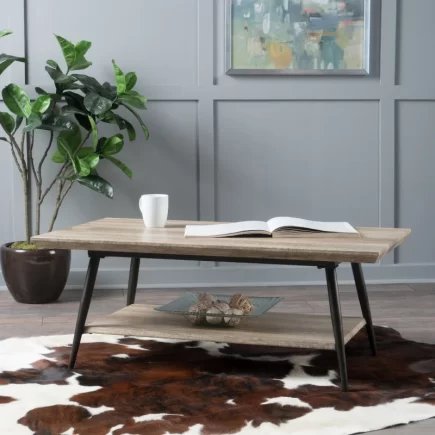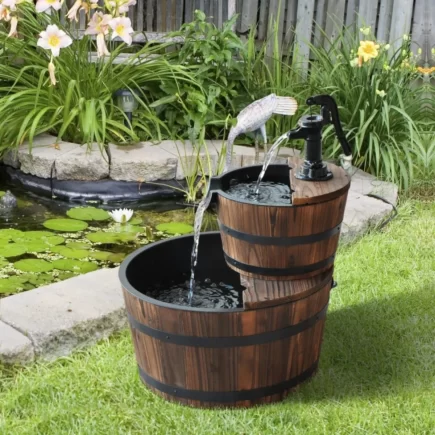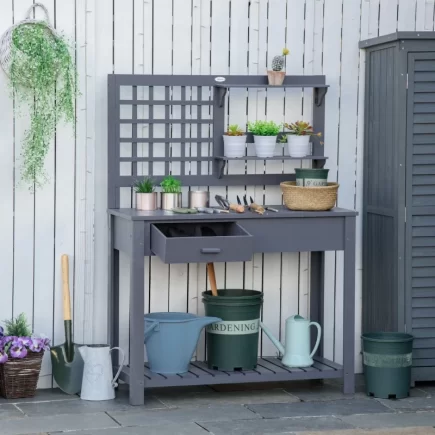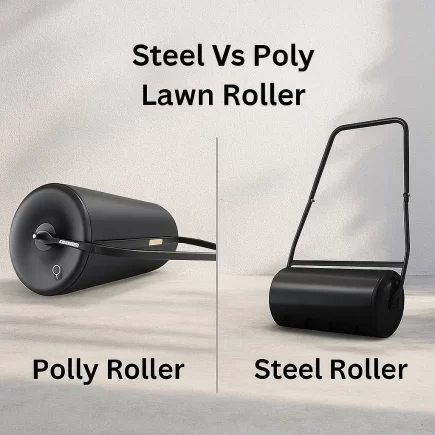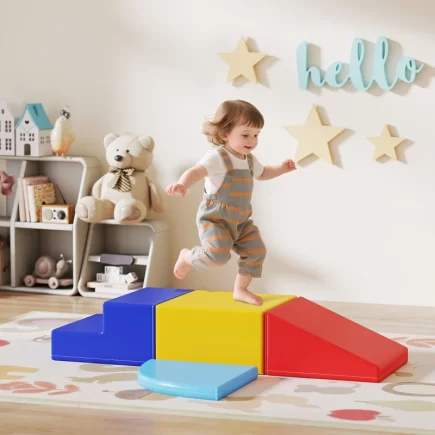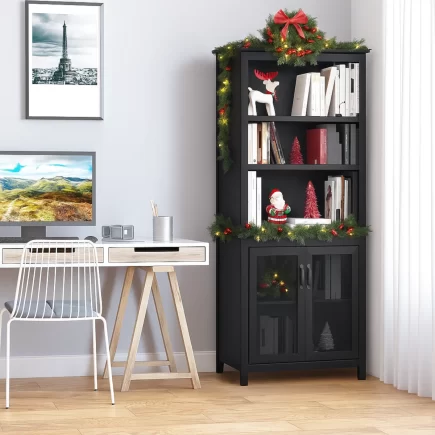Composting is an excellent way to reduce waste, enrich your garden, and contribute to a healthier environment. But traditional composting methods can be time-consuming and require a lot of maintenance. That’s where tumbling composters come in. Tumbling composters provide an easy, efficient, and faster way to turn your organic waste into nutrient-rich compost for your garden.

In this guide, we will walk you through everything you need to know about using a tumbling composter, from selecting the right one to maintaining it and harvesting finished compost.
Basic Function and Mechanics of a Tumbler
A compost tumbler is a sealed container that allows you to rotate or “tumble” your composting materials. The basic function is simple: you add organic waste into the drum, close it, and periodically turn the tumbler to mix the materials. This helps aerate the compost, speeding up the decomposition process and ensuring an even breakdown of the waste.
The tumbler’s airtight design ensures that the compost is kept warm and moist, which are critical factors for decomposition. Some tumblers are designed with a built-in ventilation system to increase airflow, further enhancing the composting process.
Key Differences Between Tumblers and Bins
While compost bins are open containers where materials are stacked and left to break down over time, tumblers offer several advantages:
- Speed: Tumblers accelerate the composting process by allowing you to easily turn the waste, increasing the amount of oxygen that reaches the organic material.
- Ease: Tumbling composters are easier to mix than traditional bins, which require turning with a shovel or pitchfork. The rotating drum design makes the process less physically demanding.
- Pest Prevention: Tumblers are enclosed, which helps keep pests such as rodents, flies, and other animals away from your compost.

Select the Right Tumbling Composter
Right Size Based on Household Needs
When choosing a tumbling composter, size matters. You’ll want a tumbler that suits your household’s needs. Tumbling composters come in various sizes, typically ranging from 30 to 100 gallons.
| Tumbler Size | Recommended Use | Ideal For |
| 30-50 Gallons | Small households (1-2 people) | Kitchen waste and small yard clippings |
| 50-75 Gallons | Medium households (3-4 people) | Moderate yard waste and garden scraps |
| 75-100 Gallons | Large households or gardens (5+ people) | Larger quantities of waste and garden trimmings |
The size of your tumbler will depend on how much waste you generate. If you have a smaller household or garden, a 30-50 gallon tumbler will suffice. Larger families or gardens may benefit from a 75-100 gallon model for more capacity.
Location Matters: Setting Up Your Tumbler
The location where you place your compost tumbler plays a critical role in how well it works. Here’s what you need to know about optimal placement:
- Sun Exposure: Composting requires heat for the decomposition process. A location that receives ample sunlight will speed up the composting process, especially in cooler weather.
- Shade: While sun exposure is important, it’s also crucial not to place your tumbler in an area where it will overheat, especially in very hot climates. A balance of sun and shade is ideal.
- Ventilation: Your tumbler should be placed in a well-ventilated area to allow for proper airflow. Too much moisture and lack of airflow can slow down the decomposition process.

What to Compost: A Quick Guide
Knowing what materials to compost is essential for creating rich, healthy compost. There are two primary categories of composting materials: greens (high in nitrogen) and browns (high in carbon).
Essential Green and Brown Materials
| Green Materials (Nitrogen-Rich) | Brown Materials (Carbon-Rich) |
| Fruit and vegetable scraps | Dried leaves |
| Grass clippings | Straw |
| Coffee grounds | Shredded newspaper |
| Manure (from herbivores) | Sawdust |
| Plant trimmings (no disease) | Shredded cardboard |

Materials to Avoid
Certain items should never be composted, as they can cause unpleasant odors or attract pests:
- Meat and dairy products
- Fats and oils
- Pet waste
- Weeds with seeds
- Diseased plants
Chopping and Shredding Waste for Faster Decomposition
For faster decomposition, it’s beneficial to chop or shred larger pieces of organic waste, such as fruit and vegetable scraps, branches, or leaves. Smaller pieces break down more quickly because they have more surface area for microorganisms to work on.
Using Your Compost Tumbler: A Simple Process
Adding New Materials Regularly
To maintain a healthy composting system, you should aim to add fresh materials regularly. Keep a balance between greens and browns to ensure the decomposition process is efficient.

How Often to Turn the Tumbler
Turning your tumbler is one of the most important steps in composting. Aim to turn it 3 to 5 times per week to keep the materials aerated and promote even decomposition. Tumbling the composter regularly helps maintain airflow and speeds up the breakdown of waste.
Monitoring Moisture Levels and Adjusting Accordingly
Moisture is crucial for the composting process. If the compost is too dry, the microorganisms responsible for decomposition will slow down. Conversely, if the compost is too wet, it may become slimy and smelly. Aim for the compost to be as damp as a wrung-out sponge. If it’s too dry, add some water. If it’s too wet, add more dry materials like shredded paper or leaves.
Maximizing Speed: Accelerating Decomposition
Aeration and Proper Turning for Quick Composting
One of the most effective ways to accelerate decomposition is to make sure your compost has enough air. Turning your tumbler regularly ensures the compost is well-aerated, which is essential for the microorganisms that break down organic matter.

The Importance of Maintaining Heat
A well-maintained temperature is key to accelerating decomposition. The ideal temperature range for composting is between 130°F and 160°F. Tumblers trap heat, helping to maintain this optimal temperature and encouraging faster composting.
Dealing with Common Composting Problems
How to Fix Excess Moisture and Slow Decomposition
If your compost tumbler has excess moisture, add dry materials like straw, cardboard, or wood chips to absorb the moisture. Additionally, increasing the frequency of turning will help with aeration and moisture control.

Adjusting the Carbon-Nitrogen Balance
A lack of balance between carbon-rich browns and nitrogen-rich greens can slow down the composting process. If your compost is too slow to decompose, check the ratio and add more browns or greens accordingly.
Troubleshooting Odors and Incomplete Decomposition
Bad odors usually mean the compost is too wet or lacking in aeration. If this happens, turn the tumbler more frequently, and ensure the compost is not too damp. If the decomposition process is incomplete, ensure the materials are chopped into smaller pieces and that the tumbler is being turned frequently.
Harvesting Your Compost: When and How
Recognizing When Compost is Ready
Your compost is ready when it looks dark and crumbly, with an earthy smell. It should no longer resemble the original materials you added. The compost is fully broken down and can be used in your garden.
Techniques for Safely Emptying and Collecting Finished Compost
To harvest the finished compost, open the tumbler and use a shovel or compost fork to remove the compost from the lower chamber. Be careful not to disturb the material in the upper chamber, which may still be in the process of breaking down.

Tools to Assist with the Process
Some tools can make harvesting compost easier, including compost forks, shovels, and gloves. Using these tools helps you manage the process without making a mess.
Winter Composting: How to Keep Going
Adjusting for Cooler Temperatures
In winter, the composting process slows down due to cooler temperatures. However, tumbling composters still work in colder climates. To keep your compost active, you may need to add more nitrogen-rich materials (like food scraps) to help balance the slower decomposition process.
Tips for Keeping Compost Active in the Winter Months
- Place the tumbler in a sunny location to increase warmth.
- Insulate the tumbler with a composting blanket or tarp to retain heat.
- Keep turning the tumbler regularly, but less frequently in winter than in warmer months.
How to Use Finished Compost
Once your compost is finished, it can be used in a variety of ways to benefit your garden:
- As Mulch: Spread compost around plants to help retain moisture and suppress weeds.
- In Soil Amendment: Mix compost into your garden soil to improve its structure, texture, and fertility.
- For Potting Mixes: Use compost as a base for potting mixes to provide plants with essential nutrients.

By using finished compost, you not only enhance your garden’s health but also close the loop on organic waste, turning it into a valuable resource for growing healthy plants.
Composting is a rewarding practice that enriches your garden and helps protect the environment. By using a tumbling composter, you can make the process easier, faster, and more efficient. With a bit of attention to balance and maintenance, your tumbler can produce high-quality compost year after year. For high-quality Tumbling Composter, check out Aosom’s selection to find the perfect model for your needs.
FAQs
1. How Tumblers Simplify the Process of Composting at Home?
Traditional composting often involves turning a pile of organic waste by hand or using a pitchfork, which can be labor-intensive and slow. Tumbling composters eliminate much of the hard work involved. With their rotating drum design, these composters make it easy to mix the ingredients, ensuring quicker decomposition with minimal effort.
2. Do I Need to Add Water to a Compost Tumbler?
Yes, compost needs moisture to break down. Add water if the mixture feels dry. The compost should feel like a wrung-out sponge, moist but not soggy.
3. Should Compost Tumbler Vents Be Open or Closed?
Vents should generally be open to allow airflow. This helps oxygen reach the microorganisms that decompose the compost. Closing them too much can lead to a lack of oxygen and slow decomposition.


